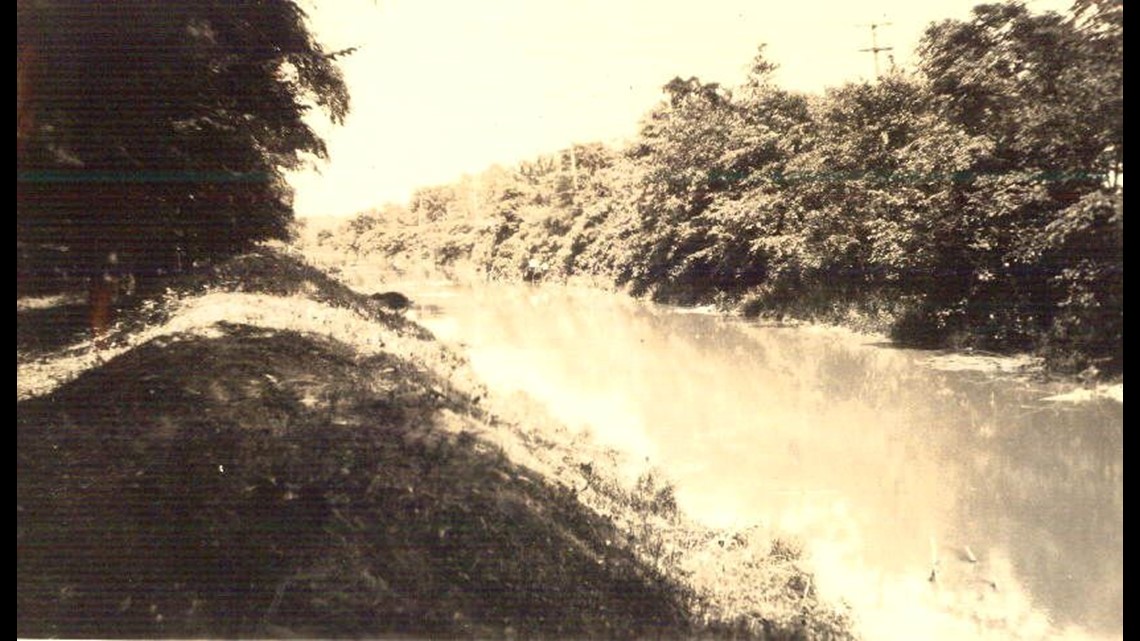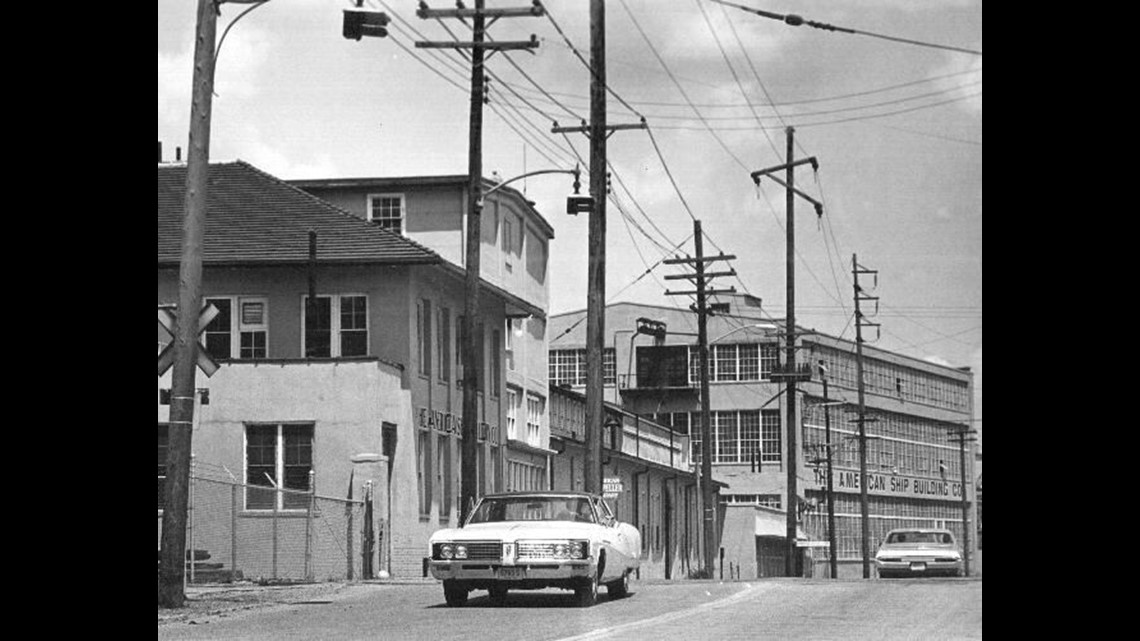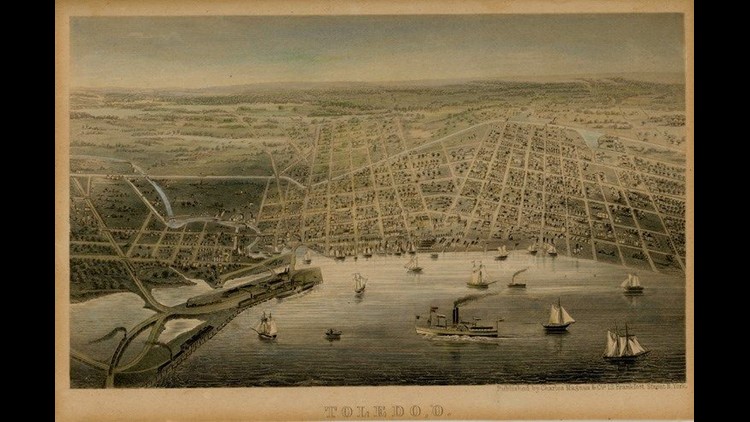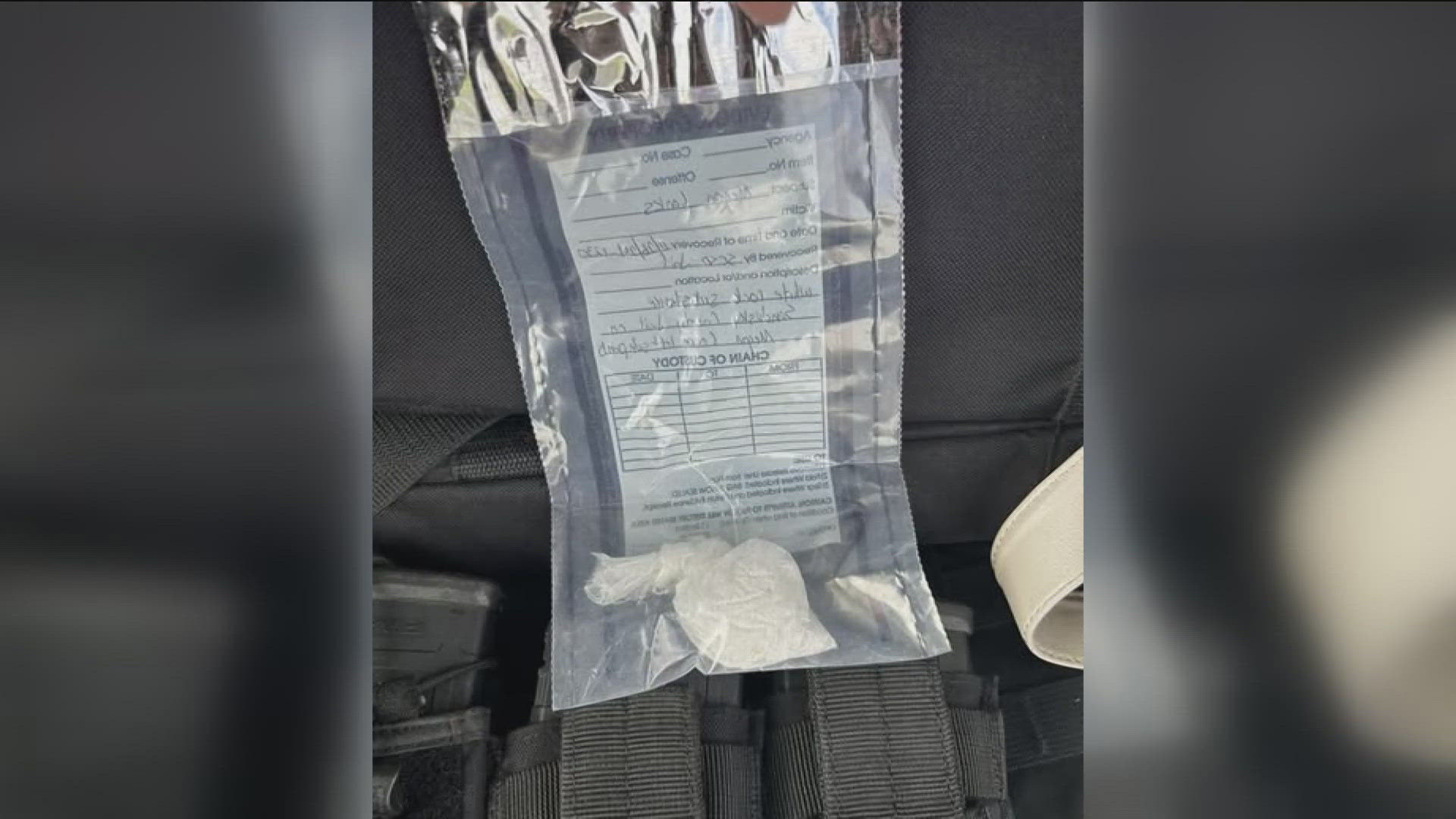







TOLEDO, OH (WTOL) - It was 180 years ago, in 1837, on January 7th, that Toledo officially became a municipality in the state of Ohio.
As you might guess, Toledo was not much of a city at that point, but given its strategic location at the mouth of the Maumee River at Lake Erie, it had great promise as a transportation and economic center.
The population was only about 2,000 in its early years, still a rugged pioneer town forged from two settlements, Port Lawrence on the south, and Vistula on the north.
By 1837, Ohio had won the short-lived " Toledo war" with Michigan over a disputed strip of land which included Toledo, which was soon-to-be the major north end port of the Miami-Erie Canal that would link Lake Erie with the Ohio River by water.
There were, of course, no paved streets in 1837, and much of the downtown area was a large frog-filled swamp, hence the nickname: FrogTown.
There was no police department yet, or fire department, or even a school system, but the city did have a council and a new mayor by the name of John Berdan, whose name is now familiar to most people today as a street in west Toledo.
Another pioneer, Ben Stickney, gives his name to another familiar street.
The street named for him is not far from his home in North Toledo.
In the vicinity of Summit Street, in the downtown area, there was once a large so called "hog back" or high mound of earth, which would eventually be leveled for buildings and streets.
And along the Maumee river, a collection of log cabins, sawmills, and scattered encampments of Native Americans, many of whom would soon be forced to leave the area.
The early economy of Toledo included forestry and shipbuilding, as well as transportation from nearby lake Erie which brought a mix of land speculators, traders, wood cutters, tradesmen and professionals from many areas of America who saw opportunity in this remote region of Northwest Ohio, positioned on the edge of what was known as the Black Swamp, the last portion of the state to be civilized and settled.
But once it became an official Ohio entity, it didn't take long to progress.
The city bloomed quickly, and other areas were added to Toledo's map, and tens of thousands of new people arrived from the shores of Europe and the other cities of the nation to help create a city of industry and great promise.
So much promise that, one of its earliest promoters and businessmen (and familiar name), Jesup Scott, called it the "Future Great City of the World" and declared that Toledo would rival the greatness of London and New York City.
We never quite achieved that level of greatness, but over the years Toledo has played a prominent and important role in many aspects of the American story.
As a key industrial and auto manufacturing center, a railroad and transportation hub, a hotbed of early social reformation and the creation of the union movement, plus its long standing signature as the Glass Capitol of the World.
A lot has happened in Toledo's 180 years.



